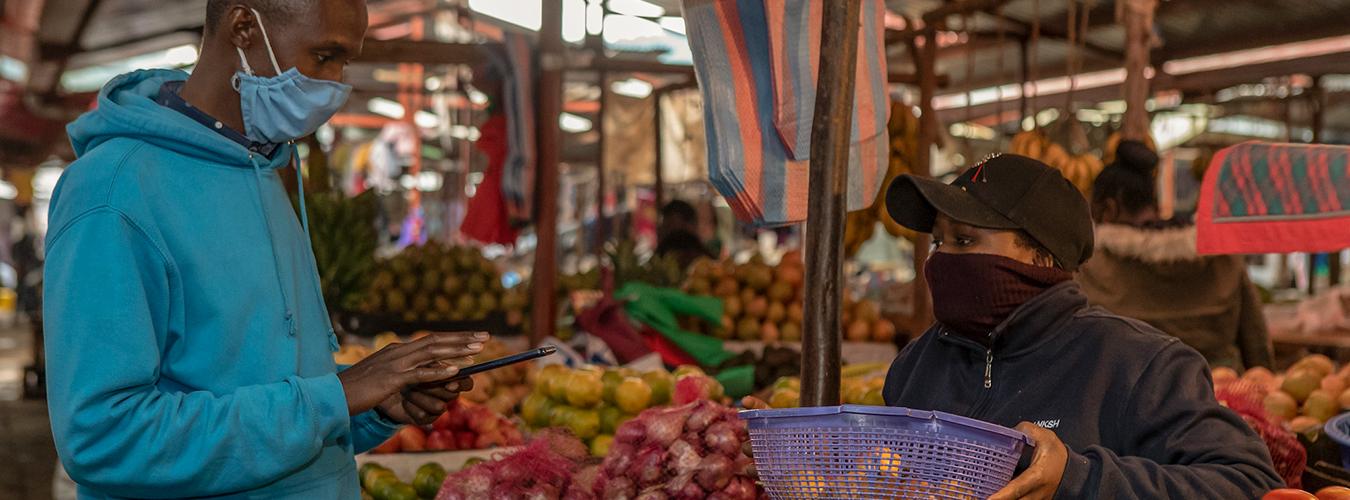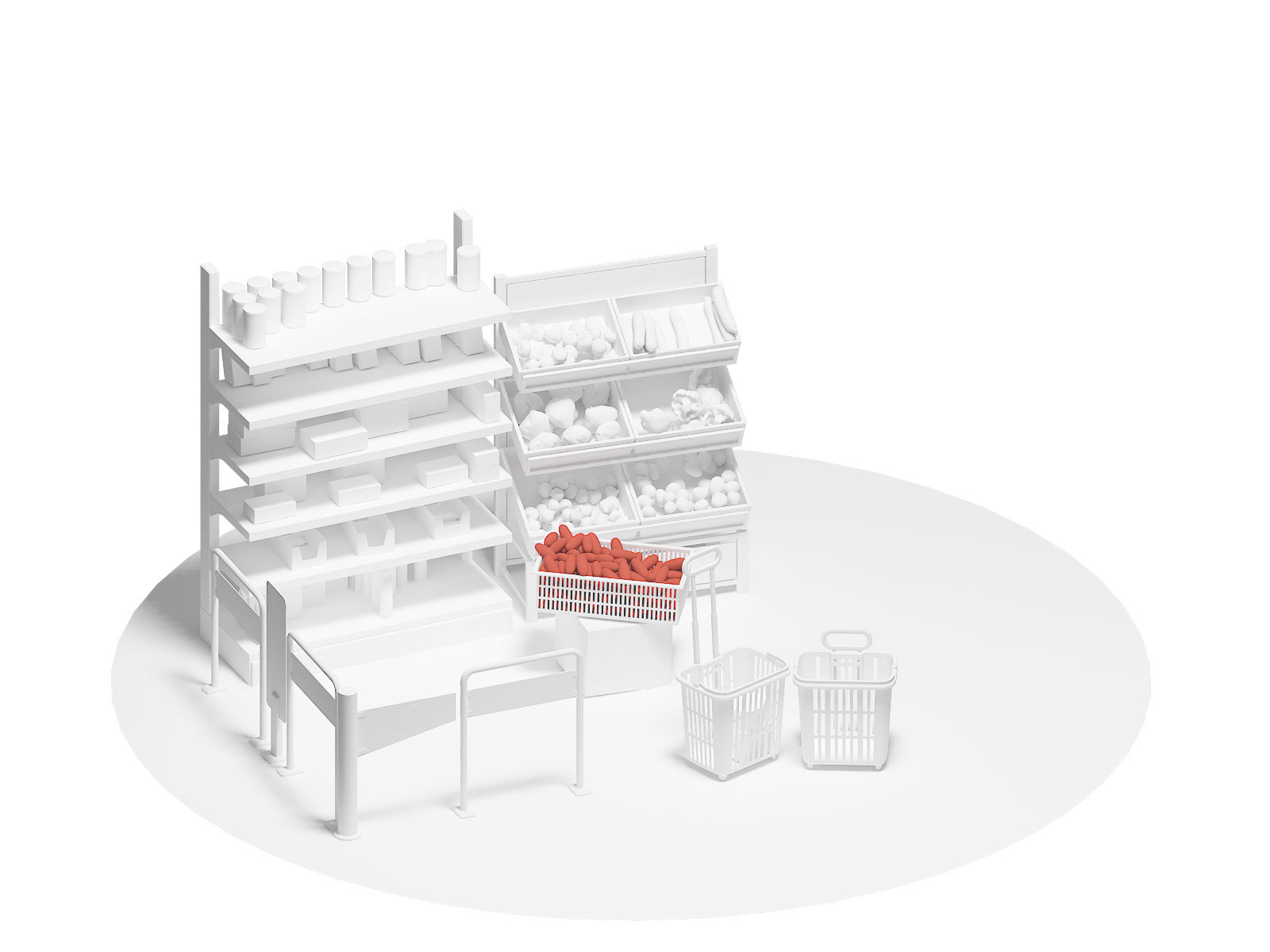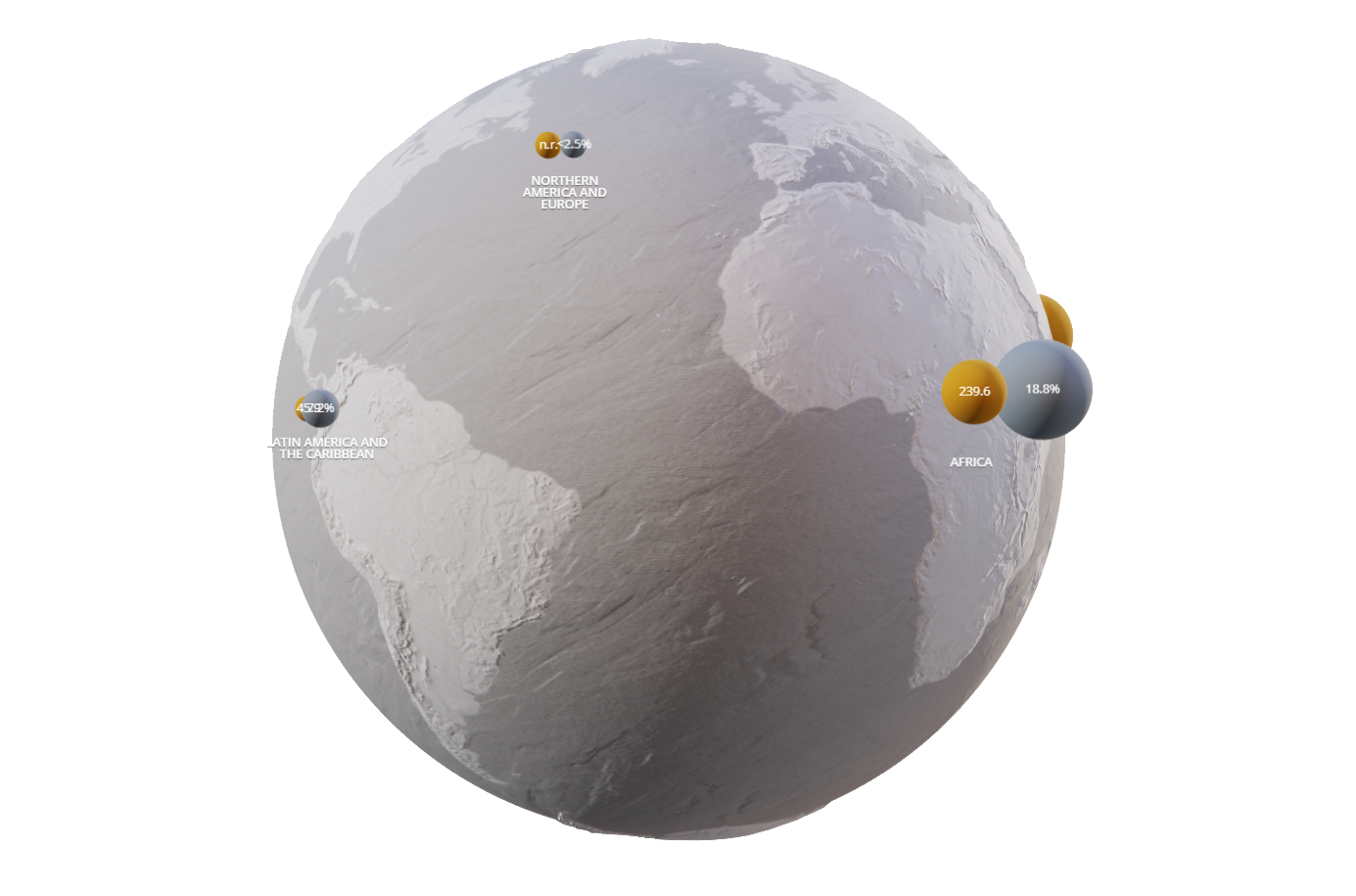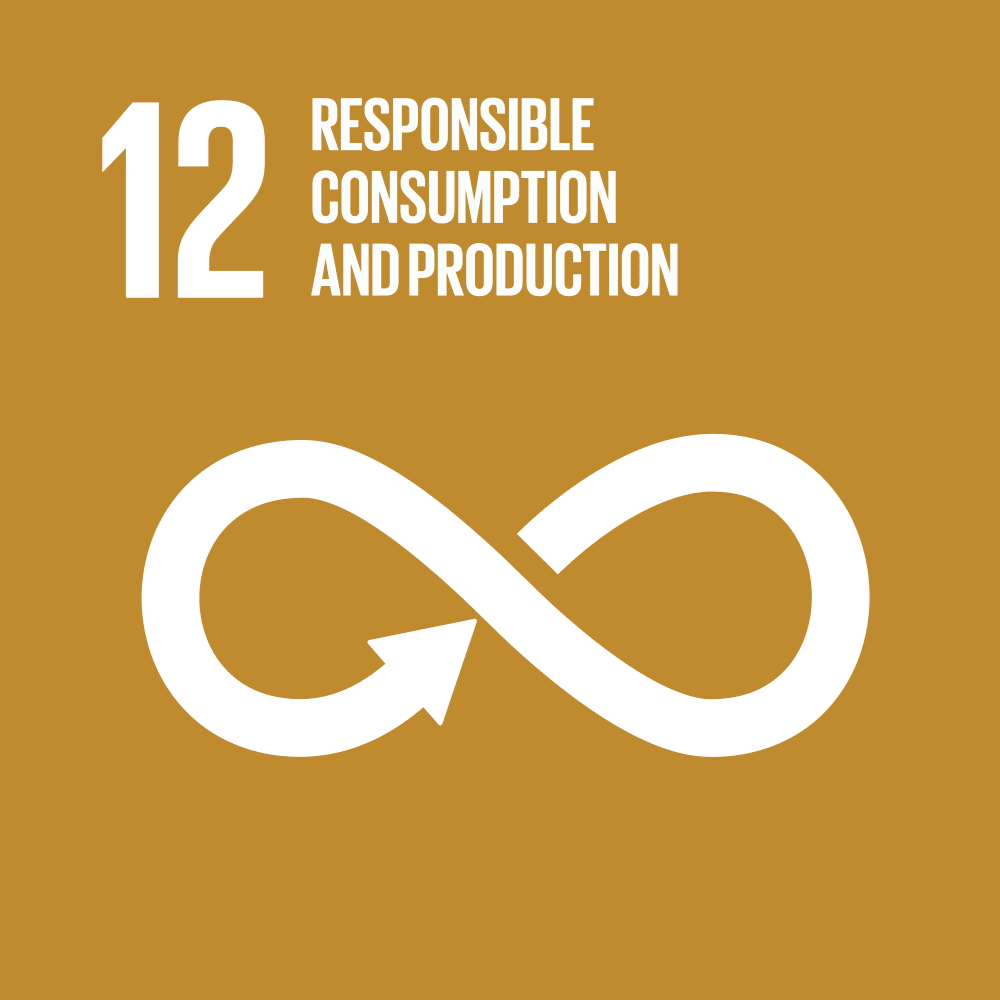
Increased attention to food loss and waste
Cutting food loss and waste reduces poverty and hunger and fights climate change. In terms of climate change, the damage will be reduced taking into account that nowadays, food loss and waste is responsible for about 7% of global greenhouse gas (GHG) emissions and nearly 30% of the world’s agricultural land is currently occupied to produce food that is ultimately never consumed, just to name a few examples.

Food loss happens...
- At the farm: inadequate harvesting time, climatic conditions, practices applied at harvest and handling, and challenges in marketing produce.
- In storage: inadequate storage, decisions made at earlier stages of the supply chain that cause products to have a shorter shelf life.
- In transit: Good infrastructure and efficient trade logistics are key to preventing food loss. Processing and packaging play a role in preserving foods, and losses are often caused by inadequate facilities, technical malfunction or human error.

Food waste happens...
- In the shop: The causes of food waste at the retail level are linked to limited shelf life, the need for food products to meet aesthetic standards in terms of colour, shape and size, and variability in demand.
- In the home: Consumer waste is often caused by poor purchase and meal planning, excess buying (influenced by over-large portioning and package sizes), confusion over labels (best before and use by) and poor in-home storing.
UN and its agencies in the fight against food loss and waste
We need to be aware on the importance of the food loss and waste issue, and promoting global efforts towards resolving it. That is why, in 2019, the 74th United Nations General Assembly designated 29 September as the International Day of Awareness of Food Loss and Waste (resolution A/RES/74/209), recognizing the fundamental role that sustainable food production plays in promoting food security and nutrition.
Andorra and San Marino played a key role in proposing the International Day of Awareness of Food Loss and Waste (FLW). The day offers an opportunity to sharpen focus on the need to reduce FLW and how doing so can contribute to sustainable development.
Considering the world’s growing population, the United Nations (UN) see an urgent need in addressing the large quantities of food lost and wasted around the globe, stressing the risks implied for climate change, agriculture sustainability, human livelihoods, and food supplies. Cutting back on food loss and waste is also stated in the 2030 Agenda for Sustainable Development, and specifically Target 12.3, which calls for halving the per capita global food waste at the retail and consumer levels, as well as reducing food losses along production and supply chains.
FAO and UN Environment, leading agencies in facilitating the observance of the Day, are currently underway to measure progress toward achieving our goals. FAO leads the efforts related to the Food Loss Index and provides guidance for policy interventions, making a business and economic case with profit incentives to reduce food loss and waste, and then further expand this rationale to address concerns about food insecurity. Meanwhile, UN Environment, in charge of the Food Waste Index (FWI), is committed to accelerating action through its Sustainable Food Systems programme of activities which aim to raise awareness as well as catalyse action at local, regional and international level.
Did you know?
- When reductions in food loss occur close to the farm, they are most effective in addressing food insecurity and in alleviating stress on land and water.
- When reductions in food waste occur downstream in the supply chain and at the consumer level they are key to cutting greenhouse gas emissions.
- Packaging now contributes approximately 5.4 percent of global food-system emissions, more than any other supply-chain factor including transportation.
The map of undernourishment
Discover the progress of prevalence of undernourishment around the world and remember it everytime you throw food in your garbage can.


